The market for IoT solutions is mixed and confusing. Whether your company is ready or not, the Internet of Things is already changing the way businesses profit from their products.
To achieve profitable goals, you need to make changes both in technology and strategy.
To help business leaders understand the need to make changes when adding more connected products to their portfolios, PTC has developed a connected product maturity model. The maturity model is based on best practices gathered in hundreds of collaborations with product manufacturers in almost all industries over decades.
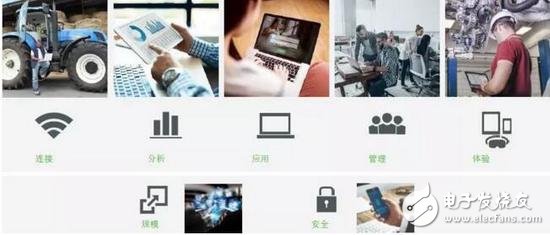
Now, PTC's leading Internet of Things and Augmented Reality (AR) platform and field-proven solutions combine the physical and digital worlds, reshaping the way companies create, operate and maintain products.
Connected Product Maturity Model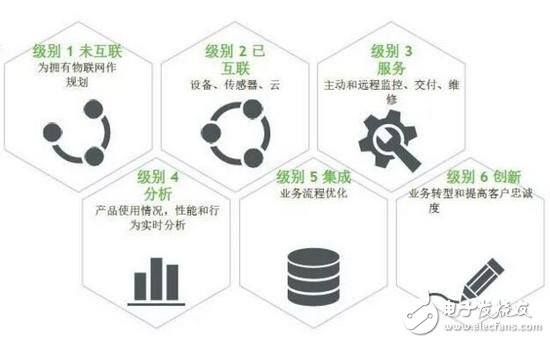
The Connected Product Maturity Model describes the capabilities, factors that need to be considered, and the requirements that an organization needs to have in order to achieve value enhancement through smart connected products. This model can help business leaders understand more vividly how to allocate resources in large aspects to create value quickly.
Level 1: Not connected
Unconnected manufacturers are subject to many restrictions because they cannot effectively connect people, processes, and things. Find the right time, and then determine what features you need to design, deliver, and maintain new products. Next, make the interconnection.
Things to consider: Basic enablement, network connectivity, security, intermediary device services, cloud services, application development, and other device management functions are requirements that must be addressed when initiating connected product plans.
Requirements: Embedded software, network communication, equipment protocol, material supply, real-time data processing, advanced
Web services, security, data management.
Level 2: Interconnection
Once connected, companies can begin to gain new ways to achieve growth and sustainable services. Connected product services usually generate stable revenue streams, but require less fixed capital and have the opportunity to achieve higher profits.
Things to consider: Encourage the development of solutions that can adapt to change, and allow applications to utilize rather than hinder the increase in manufacturing equipment.
Demand: Level 2 can be achieved by connecting the product to a network (Internet, cellular or satellite) and transmitting the data back to the enterprise server or system for processing.
Level 3: Service
Each product in the company's product portfolio requires a certain level of service and support, which needs to be achieved by enabling remote access to identify, diagnose, and resolve maintenance issues.
Things to consider: The most effective solution can provide a secure and extensible platform to process and store machine data, and can provide applications to achieve remote services.
Requirements: An IoT platform that supports application development. The platform needs to include a set of tools to monitor assets, enable remote access, and remotely manage processes / content. The solution needs to be able to deal with issues such as hosting, security, and scalability. It also requires a flexible application programming interface (API).
Level 4: Analysis
In level 4, the focus of IT's role is to analyze data and develop user-oriented tools and applications to facilitate data analysis, provide insights, and improve business functions.
Things to consider: An enterprise-grade IoT platform with built-in analytics and dashboard building tools will help your team find actionable insights in IoT data.
Requirements: Data from connected products needs to be organized and stored in a way that is easy to report and analyze.
Level 5: Integration
Manufacturers who reach level 5 will find that the true "gold mine" of the Internet of Things is to obtain data from connected products and integrate with enterprise systems (CRM, ERP, PLM or data warehouse). This can optimize key business processes, such as closed-loop product lifecycle management and fundamentally "organize the Internet of Things".
Things to consider: The ThingWorx IoT platform optimizes business processes by transferring IoT data from connected assets to the CRM / ERP / PLM system, thus forming a framework for integration with business systems.
Requirements: First of all, IoT data must be able to integrate with other systems. Second, IoT data must provide added value by combining information from connected products with information from supplementary sources and systems, so that people and processes can collaborate and realize more value.
Level 6: Innovation
Level 6 is the ultimate goal of the product or device-driven business. In other words, develop a new customer experience to achieve a new stable revenue stream through the Internet of Things and augmented reality (AR). Innovation is achieved by enabling end users and customers to completely disrupt their experience through smart connected products.
Things to consider: A purpose-built IoT platform enables innovators and developers to use AR to build immersive experiences, thereby changing the way users create, provide, and service products.
Requirements : The organization needs to be able to create custom applications that can enhance product functionality. Application leaders and developers need to be able to receive technical data from the product.
Case Study: Flowserve ’s IoT Opportunities
Flowserve is a global supplier of industrial fluid control pumps with a history of more than 200 years. When the company tried to determine its best IoT opportunity, the demand for predictive maintenance peaked.
Flowserve needs a way to connect pump equipment, enhanced predictive maintenance data, and maintenance professionals. Using a pump, ThingWorx IoT platform, sensors from National Instruments, and HP High-Performance Computing Edgeline system, Flowserve designed and built a closed-loop self-learning fluid control system that can be monitored without human intervention , Detection and correction of fluid control.
With Flowserve's IoT enhanced pumps, users can get more than just sensor readings. They will also receive insights to tell them how to respond. Machine learning places numbers in the context of analyzing data, and then transfers the data to a simple-to-use interface that can be on-site or remotely connected via the network.
in conclusion
Whether the organization is new to the development of connected products or has been upgraded to the upper level of the connected product maturity model, a purpose-built IoT platform can simplify the conversion process, reduce resource requirements and shorten the time to profit.
The ThingWorx IoT platform can connect products, analyze data for the benefit of users and customers, implement IoT solutions and applications, manage connected devices, and create new disruptive experiences for users and customers.
1.ANTENK Flexible Printed Circuit (FPC) and Flexible Flat Cable (FFC) connectors are ZIF (zero insertion force) and LIF (low insertion force) connectors designed to provide a fast, easy, reliable method to make a connection of flexible printed circuits to a PCB. Adam Tech`s special contact design completely preserves conductor integrity by eliminating all wiping action while making connection. Flex circuitry enters the connector and the connector cap is pressed down to capture the flex circuit producing a stable, high pressure connection. Raising the cap releases the pressure for exchange or replacement of circuitry. This series includes single and dual row versions in thru-hole or SMT mounting in vertical or horizontal orientations.
2.Our products are widely used in electronic equipments,such as monitors ,electronic instruments,computer motherboards,program-controlled switchboards,LED,digital cameras,MP4 players,a variety of removable storage disks,cordless telephones,walkie-talkies,mobile phones,digital home appliances and electronic toys,high-speed train,aviation,communication station,Military and so on
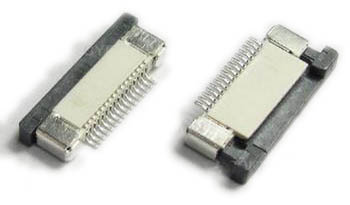
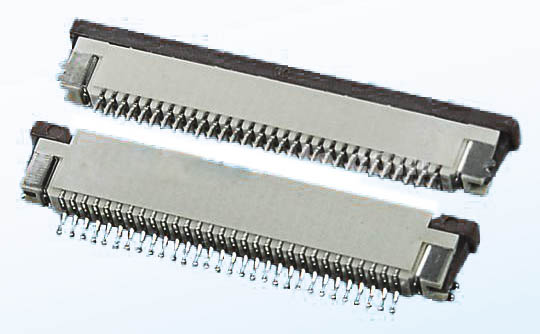
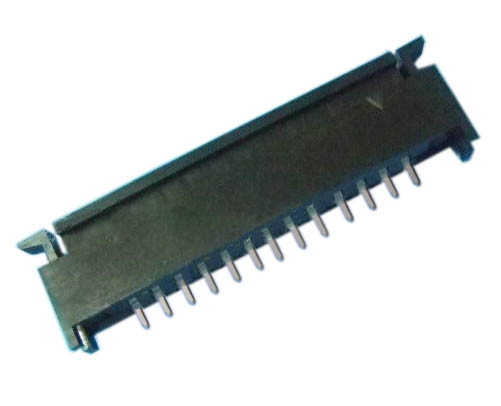
FFC Connector Range Available as:
0.3,0.5, 0.8, 1.0,1.25, 2.54mm connector pitch
Surface mount
Side and Top entry
Side entry parts - Top and bottom contact options
ZIF (Zero Insertion Force)
Slide and flip lock actuator styles
Specifications:
Material And Finish:
Insulator: LCP
Lock: PPS
Insert Spring:Phosphor Bronze,
Matte Tin Plated
Solder Platten Area:Phosphor
Bronze,Matte Tin Plated
Voltage:500 V AC(rms)/DC
Current:0.5 A AC(rms)/DC
Contact Resistance:20 mΩ max(initial)
Insulation Resistance:800 MΩ min
Operating Temp:-20°-85°
Fpc Connector,Fpc Cable Connectors,Ffc Cable Connectors,Pitch Fpc Connector,Surface mount FPC/FFC Connectors,Top entry FFC Connectors, Side entry FFC Connectors
ShenZhen Antenk Electronics Co,Ltd , https://www.antenkcon.com